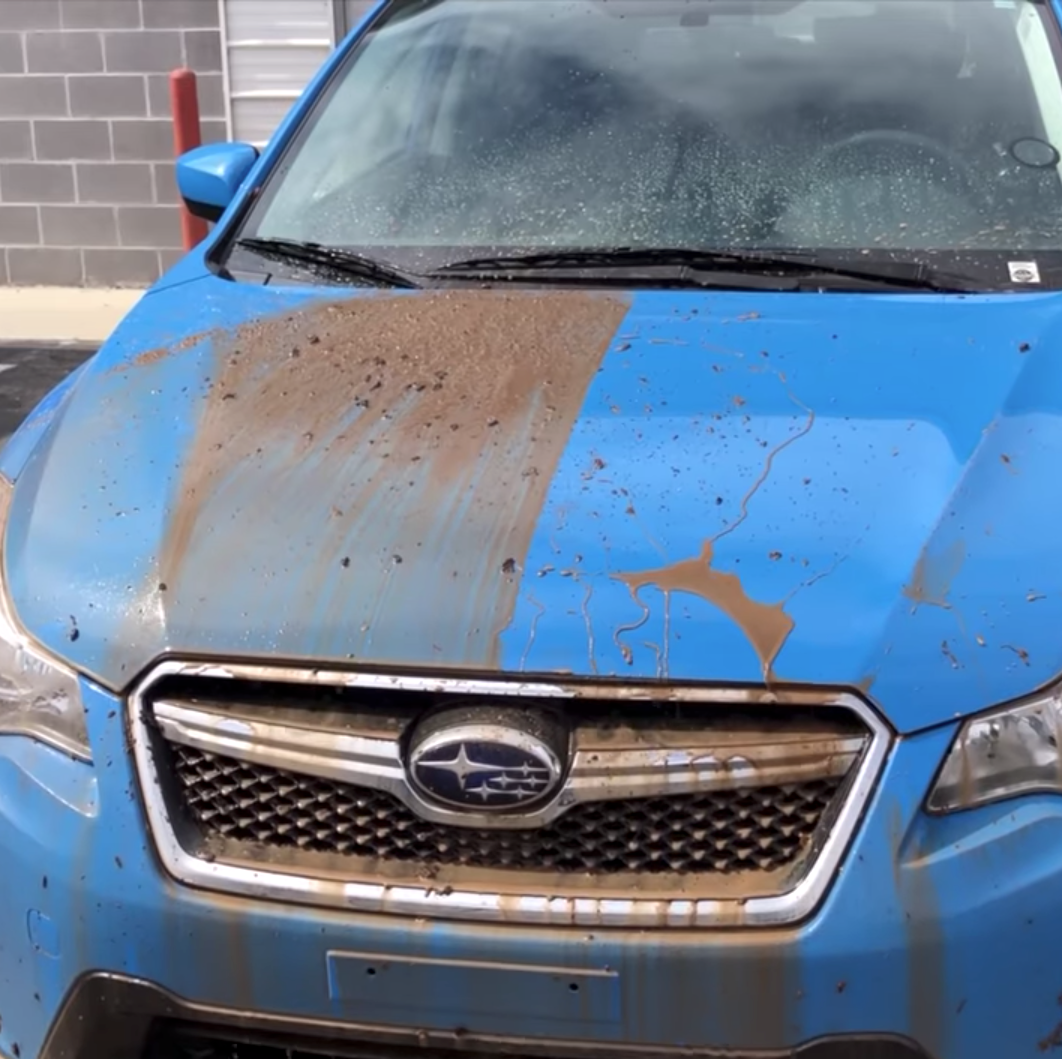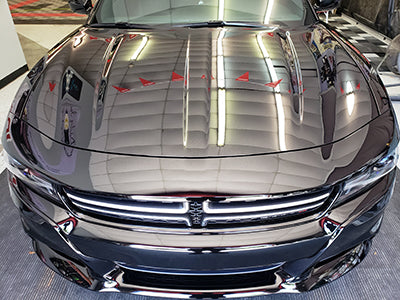Ceramic Coating vs Traditional Wax: Which Offers Better Protection?
Ceramic Coating vs Traditional Wax: Which Offers Better Protection?
Blog Article
Ceramic Finish vs. Traditional Wax: Which Supplies Better Long-Term Protection?
The argument in between ceramic finishes and typical wax for vehicle security has actually amassed considerable attention amongst vehicle fanatics and experts alike. While both offer the purpose of protecting paint, their distinctions in sturdiness, application, and lasting upkeep costs might influence a customer's option. Ceramic finishes flaunt superior long life and resistance to environmental elements, yet the intricacy of their application raises inquiries concerning availability and usefulness. As we check out these contrasting choices, it ends up being important to think about not only the prompt advantages but likewise the effects for vehicle treatment gradually.
Summary of Ceramic Finishing
Ceramic coating has actually acquired considerable appeal among automobile enthusiasts and detailers alike as a result of its sophisticated protective qualities. This innovative modern technology is designed to develop a long lasting, hydrophobic shield over a lorry's paint surface area, considerably improving its resistance to ecological impurities such as dust, UV rays, and chemical stains. Unlike conventional wax, which gives a short-term layer of defense, ceramic finishings bond at a molecular level with the paint, offering resilient durability-- usually extending past two years with appropriate maintenance.
The application process includes careful preparation of the automobile's surface, including cleaning and brightening to make sure optimal adhesion. When applied, the coating cures to form a durable layer that not just includes depth and gloss to the paint but additionally streamlines upkeep. With its hydrophobic residential properties, ceramic covering allows water and dust to move off more quickly, lowering the regularity of washes and minimizing the danger of swirl marks.
In addition, ceramic coverings are readily available in different formulas, allowing users to select items customized to their particular requirements and preferences. On the whole, ceramic finish stands for a significant advancement in paint defense modern technology, supplying exceptional performance contrasted to conventional options.
Introduction of Standard Wax
Commonly regarded as a staple in vehicle care, wax offers as a popular choice for those seeking an uncomplicated method to enhance and safeguard their lorry's paint - ceramic coating. Automotive wax usually consists of natural active ingredients, such as carnauba, or artificial substances, designed to develop a protective layer externally of the paint. This layer not only improves the vehicle's gloss and radiate but also provides a barrier versus ecological impurities
The application of wax is typically easy to use, making it easily accessible for both specialists and DIY fanatics. As soon as applied, wax requires a healing duration, after which it sets to create a safety covering.
Nevertheless, while wax is reliable for improving the aesthetic appeal of a car, it is necessary to keep in mind that the defense it supplies might require much more frequent reapplication compared to different products, such as ceramic finishes. Overall, conventional wax stays a favored choice for those focusing on convenience of use and immediate visual improvement.
Sturdiness and Durability Comparison
While both ceramic coatings and standard wax offer protective benefits for vehicle paint, their resilience and durability differ substantially. Standard wax, generally made from natural carnauba or synthetic polymers, generally offers a safety layer that lasts around 3 to 6 months. This reasonably short lifespan demands routine reapplication to keep ideal security.
In comparison, ceramic finishings are engineered from innovative nanotechnology, forming a covalent bond with the paint surface. This causes a durable, hydrophobic layer that can sustain for two to 5 years, depending on the product and environmental problems. The remarkable longevity of ceramic coatings is credited to their chemical structure, which provides boosted resistance to scrapes, UV rays, and oxidation.

Security Against Ecological Factors
Securing an automobile's paint from environmental factors is vital for maintaining its appearance and value gradually. Automobiles are continuously revealed to a selection of elements, consisting of UV rays, bird droppings, tree sap, acid rainfall, and roadway grime, every one of which can jeopardize the integrity useful link of the paintwork.
Ceramic coverings offer a durable protection against these ecological aggressors. Unlike typical wax, which can weaken promptly under UV exposure, ceramic coatings create a resilient, hydrophobic layer that resists the dangerous impacts of sunshine and toxic wastes. This advanced innovation produces a chemical bond with the car's surface area, using remarkable defense that lasts for many years, even in rough problems.
In comparison, ceramic coverings keep their protective high qualities much longer, considerably reducing the risk of paint damage and guaranteeing that the vehicle preserves its aesthetic allure. As an outcome, ceramic finishes are significantly acknowledged as the superior option for long-term protection versus ecological aspects.
Application and Upkeep Distinctions
The approaches of application and succeeding maintenance for ceramic coverings and standard wax differ dramatically, influencing the overall customer experience and effectiveness of each product. Ceramic layers call for a more complex application process, commonly involving surface area preparation that consists of cleaning, sanitizing, and polishing the automobile. When the surface area is ready, the ceramic layer is used in a regulated setting, often requiring professional proficiency to ensure proper treating and bonding to the paint.

While both items enhance car look, the longer-lasting security provided by ceramic finishes might justify their preliminary financial investment, despite the even more requiring application process. Alternatively, conventional wax remains a prominent selection official website for those looking for a less complex, albeit temporary, solution.

Verdict
To conclude, ceramic coatings show substantial advantages over standard wax in terms of durability and environmental management. With a life-span expanding two to five years and superior resistance to UV rays, dirt, and chemical spots, ceramic finishings provide a much more efficient solution for long-term lorry maintenance. Although the application procedure may call for expert knowledge, the resulting expense savings and minimized frequency of reapplication emphasize the worth of ceramic coatings for those looking for optimum automobile security.
The argument between ceramic coverings and standard wax for car defense has garnered significant focus among auto fanatics and specialists alike. Unlike conventional wax, which provides a momentary layer of protection, ceramic coatings bond at a molecular level with the paint, supplying durable longevity-- commonly extending beyond 2 years with correct maintenance.
While both ceramic finishings and typical wax offer protective benefits for vehicle paint, their sturdiness and durability differ considerably. For vehicle enthusiasts seeking long-term security, ceramic layers present an engaging benefit over traditional wax items.
In conclusion, ceramic coatings show substantial advantages over typical wax in terms of resilience and environmental protection.
Report this page